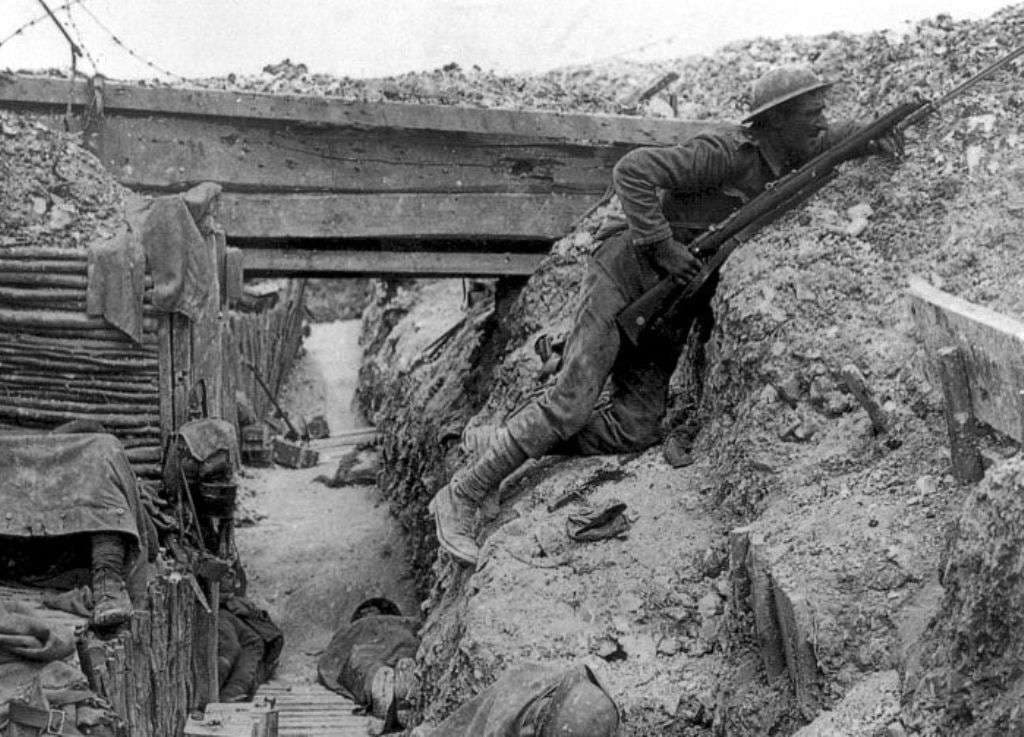“Afghanistan” is a word in the news that is discussed in terms of our foreign policy. It’s almost an abstraction. No one is thinking about foreign policy in Restrepo, a documentary made over 15 months when an American company was fighting there almost daily. They were in the Korangal Valley, which CNN describes as “the most dangerous place in the world.”
It is also one of the most desolate, even in the arid land of Afghanistan. Sparse vegetation clings to the rocky, jagged terrain. Dust is everywhere. It’s too hot in summer and too cold in winter, and at least in the movie, the troops see only one Taliban fighter – and the man who saw him thought it was the last sight he would ever see.
The Taliban is an elusive presence that moves freely through the landscape and the population, and there is one moment when the company is ambushed and opens fire from a 360-degree angle. It is surprising that not all of them were killed. The movie is named after the first of them to die, a 20-year-old Pfc. Juan S. Restrepo, a 20-year-old medic.
The combat company is led by Capt. Dan Kearney, who plans to establish an outpost at a key point on the Taliban’s battlefield routes. The men take position at night and begin to dig in, using the ground to build fortifications. They take the enemy by surprise. The successful maintenance of the Restrepo outpost, named in honor of a fallen comrade, changes the course of the war in the enemy valley and frightens the Taliban. But the hearts and minds of the locals remain uncharted terrain.
Kearney holds a weekly meeting with the local elders, a group of men who couldn’t look more old, toothless, and decrepit if they tried. A portrait of one of them is all you need to imagine the poverty of the region. One old man complains that he has lost his cow. It is explained that the cow got tangled in barbed wire and had to be put out of its misery. He is offered compensation: the weight of the cow in rice, beans, and sugar. He wants cash. His heart and mind are not won.
The filming of the scene is interrupted by the survivors’ showdown shortly after they are taken to Italy. They use understated words to express their strong emotions. It is almost impossible for them to talk about the deaths of the people they fought with. Restrepo’s memory lived on in the guitar lessons he gave and in his book of flamenco songs. He was a great favorite. After Restrepo’s outpost was transformed from a dugout into a proper place with shelter and fortifications, they felt it was only right to name it in his honor.
All of them speak with particular horror of the operation called “Operation Rock Avalanche”, which is being conducted through deadly country. They come under fire three, four, five times a day. There are a lot of firefights in the movie, but they all have one thing in common: we never see the enemy and we never see the American targets.
It’s a hard, hard duty. The tour is for 15 months. Our admiration for these people is growing. It seems that their work is unattainable. I can’t imagine a civilian thinking they can do it. It would take a lot of training – and, more importantly, a lot of cohesion. There is a feeling that they are fighting for each other more than for ideology. At the lowest moment, when the neighboring company has suffered heavy losses, Kearney talks to his men not in terms of patriotism, but in terms of finding myths that shoot them and go out and kill them.
The movie is non-political. The war photographer Tim Hetherington and the author Sebastian Junger (The Perfect Storm) made it at great personal risk. This raises an obvious question for me: how can this war be won? At the end, the headline informs us that American troops withdrew from the Corangal Valley and thus from the Restrepo outpost in 2010.



